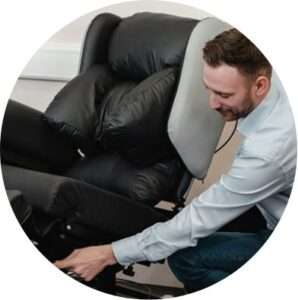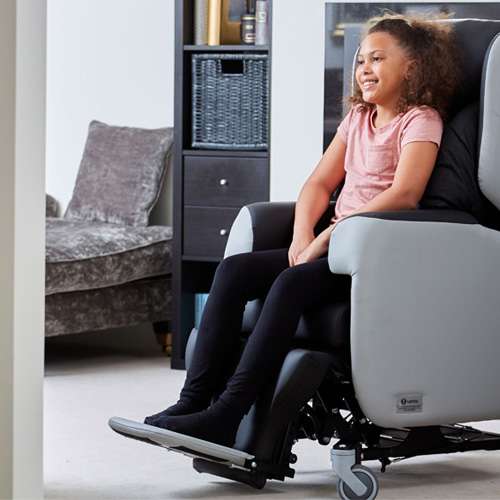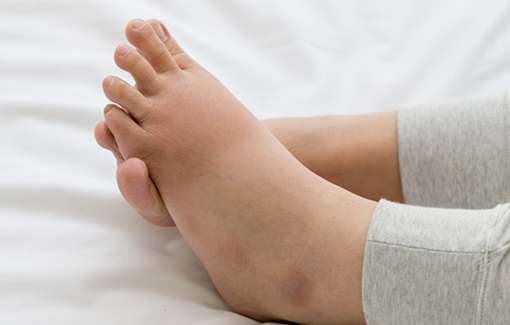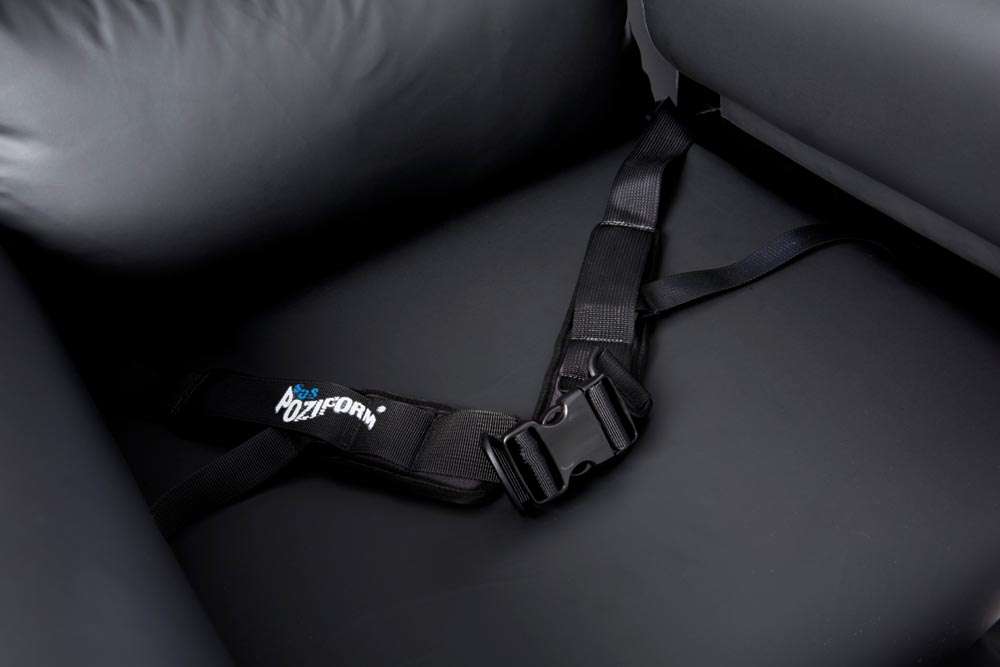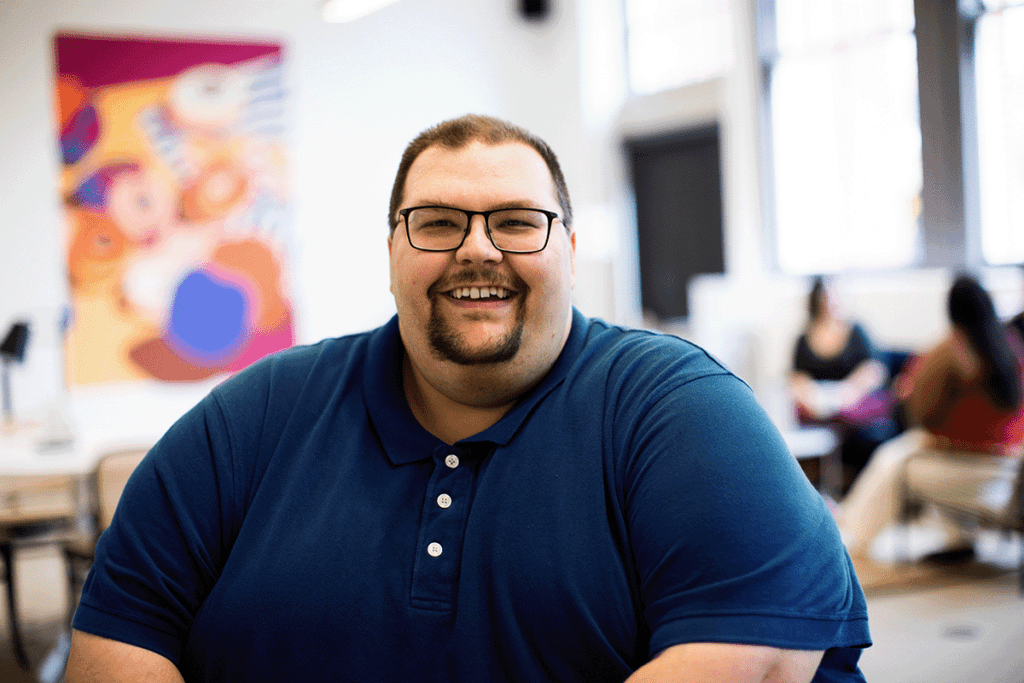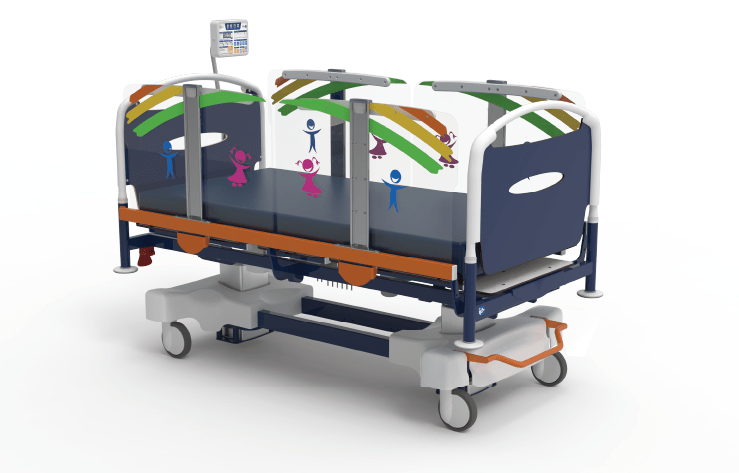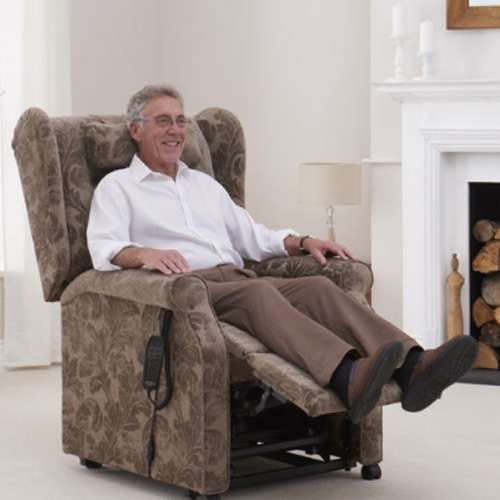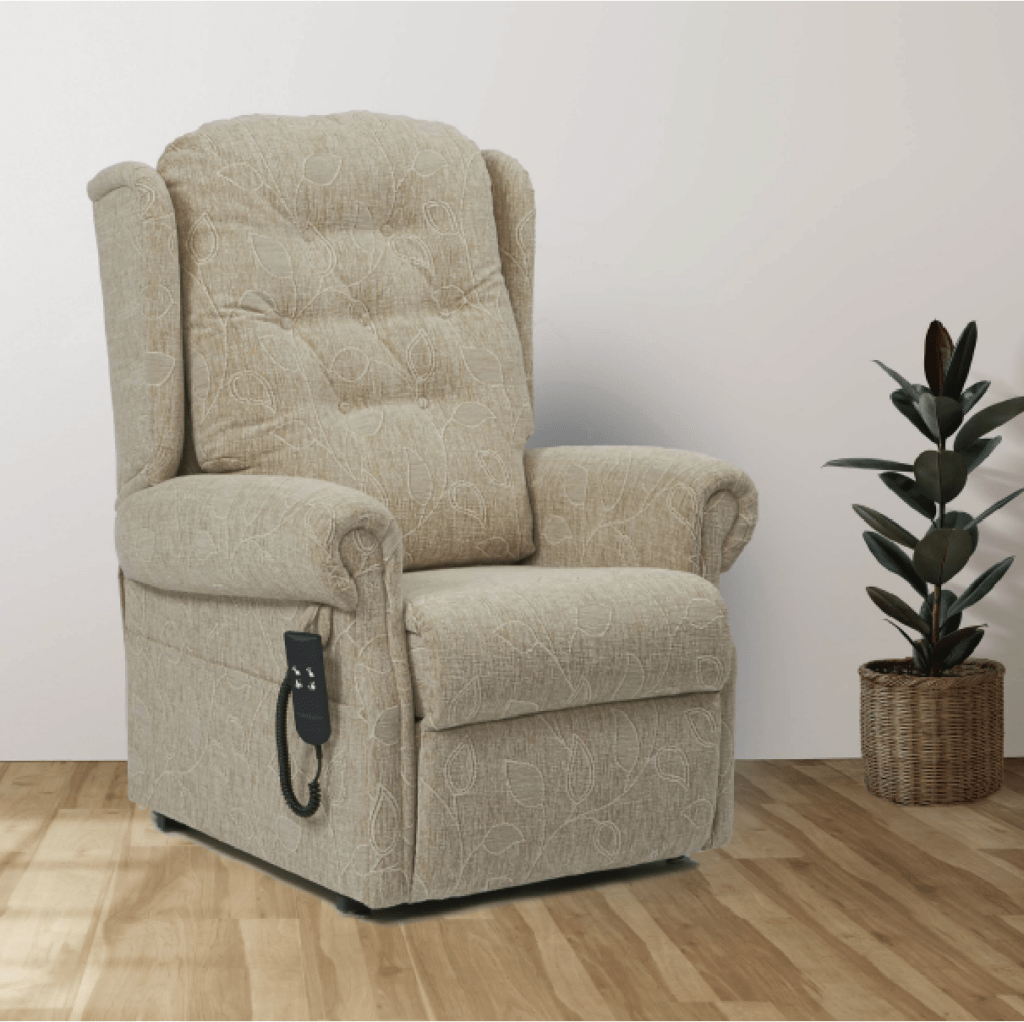Paediatric seating is a whole field in itself, dedicated to finding the right care chairs for children as they develop and grow.
As every parent would know, every child is different; some like outdoor pursuits, some prefer indoor activities and others are more socially orientated and like to hang out with friends.
At Vivid.Care we are passionate about improving quality of life for children and adolescents that need specialist seating. We know how important it is for children who have special needs or are recovering from injury to have the ability to do the things they enjoy. This is why choosing the right specialist seating for children (known as paediatric seating in the healthcare world) is so important.
Jump straight to…
What Features Should I Look for with Paediatric Seating?
Adjustability is Key
Whatever a child’s seating needs are, whether they are recovering from treatment or have a long-term disability, adjustability is a key theme that runs throughout paediatric seating.
Why is adjustability so important?
• Having a chair that grows with the child. A chair that has adjustable seat dimensions and arm height can expand with the child as they grow. This means the chair doesn’t have to be replaced, and can be tailored to suit the child as their postural needs change. It also prevents postural issues arising, something that is particularly important to avoid during developing years. Our Little Lento chair can be adjusted to fit a child from as young as three all the way up to someone who is 5ft 2in tall.
• Reduces cost. Having a chair as flexible as the Little Lento saves spending money replacing the chair or adapting it as the child gets older. A chair that is built to last with durable fabrics means that same chair can be used for many years, reducing cost in the long run. As well as private clients, this is a key benefit for hospitals and NHS loan stores who may have restricted budgets.
Aesthetics
The appearance of the chair is important and will come down to the child’s personal preference and tastes. They may prefer more mute fabrics that blend in, or brighter fabrics that stand out, depending on their personality. Style-conscious children can even have chairs customised with favourite themes or colours – think Marvel, Disney or even your favourite football club!
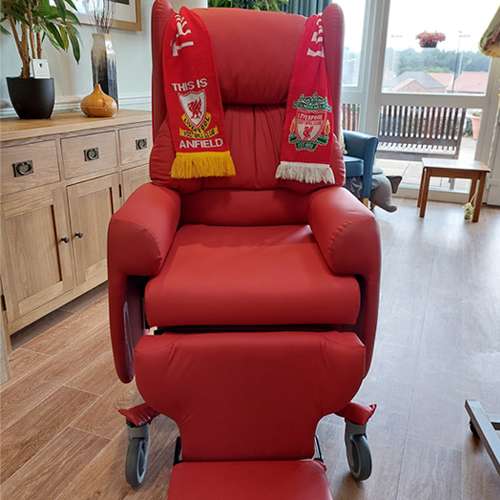
We have a range of different colour schemes available including the Agua ‘paint pot’ range. Visit our materials and fabrics page for more colour choices and inspiration!
Accessories
Accessories are vital tools to help children who struggle to maintain an upright posture. This can be a symptom of children with neurological conditions that feature high or low muscle tone, such as cerebral palsy. Having extra lateral support in the trunk area and seat pommels to improve pelvic positioning all help tailor the chair to the child’s specific postural needs.
Other accessories include head supports, depth adjuster pads, footrest blockers and angle huggers. Head and shoulder positioning is important for increased patient comfort and keeping the child positioned centrally in the chair. Our cradle head support is great for children with weak neck muscles as it gently supports the back and sides of the head with its soft fabric headrest. You can see our accessory ranges for our Lento chairs here, available for purchase individually or as a pack.
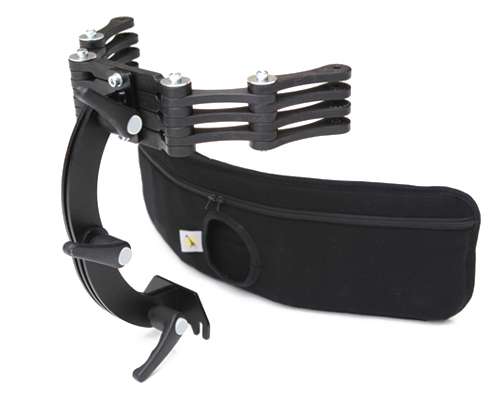
Cradle head support
Adaptability
Being able to adapt the chair to different situations gives children freedom and flexibility, whether they are sleeping, reading, eating or engaging in other activities. For example, this could be adjusting the head support for lying back, having enough trunk support for sitting upright and engaging in daily activities, or adjusting the armrest height for different height work surfaces.
A key component of this adaptability is tilt-in-space, as it maintains the child’s sitting posture while redistributing pressure from the legs to the upper body, which is very beneficial for children with a weak core or poor head control. Motorised tilt-in-space helps older children be more independent, as they can reposition the chair themselves.
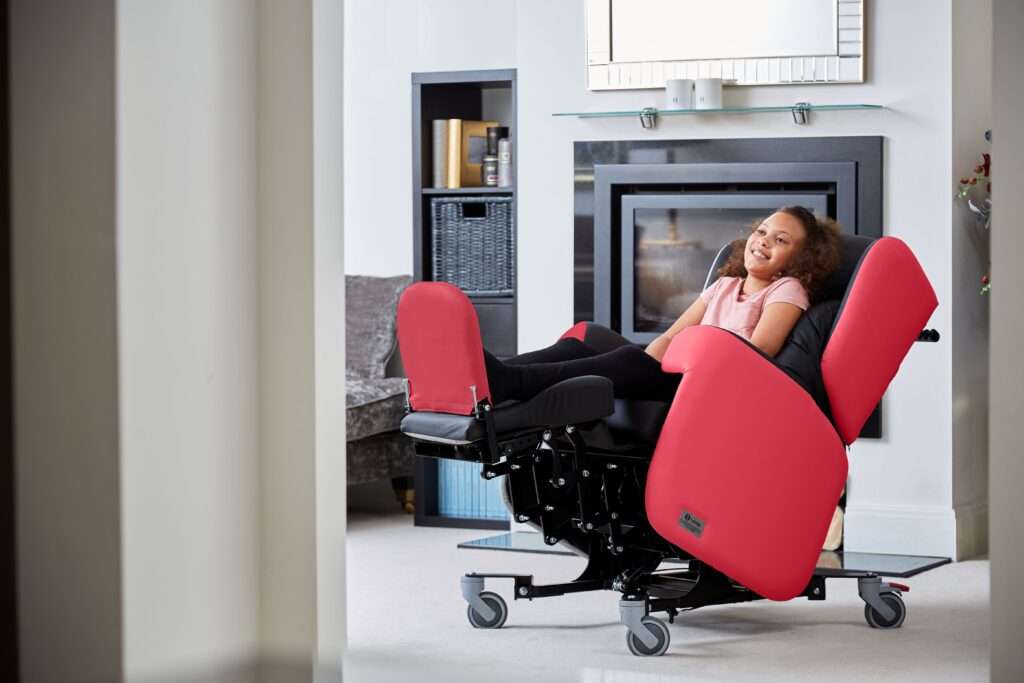
Accessibility
The chair needs to be mobile and able to fit through doorways so the child can access different environments, interact with friends and peers, and move between different areas on a daily basis, whether this is between playground and classroom, toilet and bathroom, or garden and home.
The Vela Activity Chair featured below is designed to enable accessibility around the home, classroom or workplace, very useful for children and small adults who have mobility issues so they can move from one area to the other using the glide-about wheels.
A key part of accessibility is being able to transfer in and out of the chair, so it is important to ensure the chair is compatible with any standaids or hoists you may use, to transfer to a bed or toilet.
Choice of Fabric
The choice of fabric can make a big difference to client comfort, longevity of the chair and keeping the chair clean.
As covered above, there are a wide range of fabric choices available, not just in terms of colour but infection control and pressure relief qualities as well. The outer material of the chair needs to be able to withstand regular cleaning, and knocks and scrapes. The cushion and seat surfaces are best upholstered with a soft and supple fabric like dartex, a polyurethane material that can be easily wiped down and cleaned.
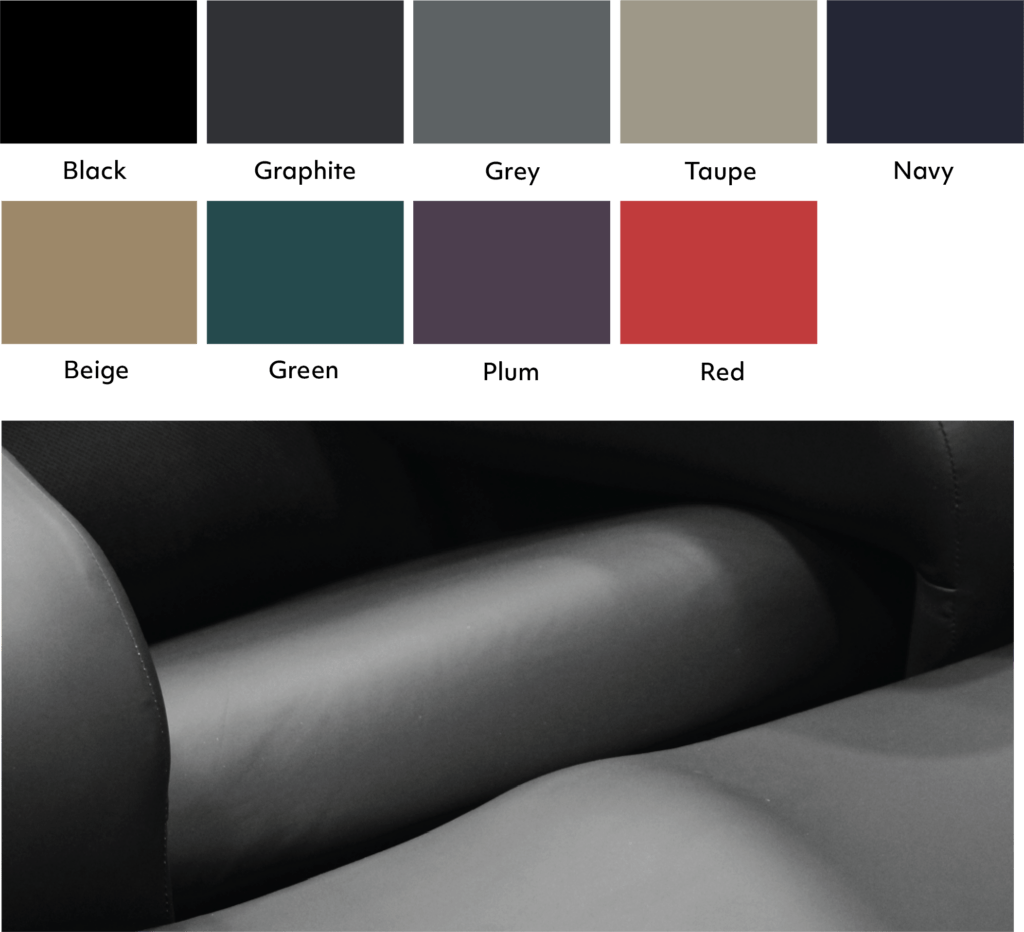
Dartex Material
Watch Our Webinar
Choosing the Right Seating for your Child
We feel the following chairs are particularly good examples of paediatric seating, as they encompass a wide range of the features described above.
Vela Activity Chair
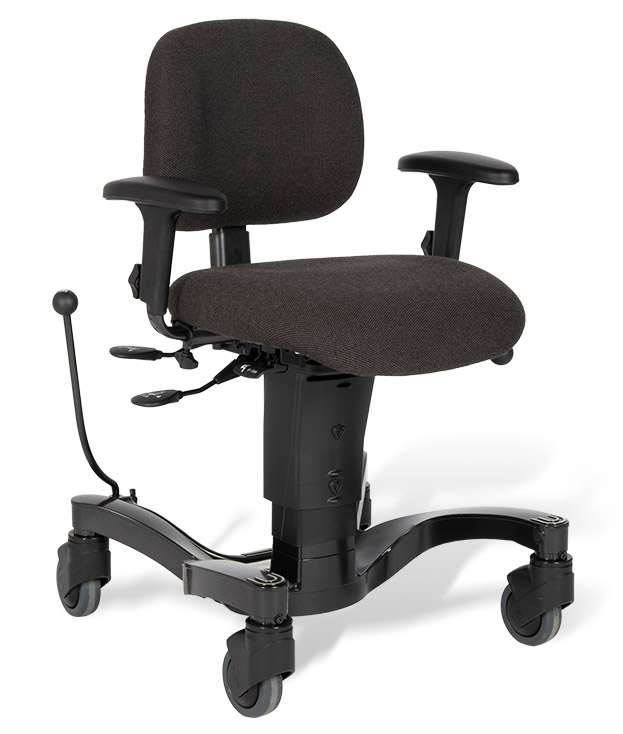
The Vela activity chair gives children with mobility issues the ability to go about their daily lives with ease, with its glide-about castors and ergonomic seat system.
Perfect for the home and classroom, its ergonomic design features adjustable seat height, back support and hip angle. This allows it to be fully adjusted to suit their medical needs. It also has an anti-tip brake to provide stability when undergoing physiotherapy exercises, with an adjustable seat tilt to provide the right hip angle.
The Vela Activity chair can be adapted with a range of extra accessories such as thigh guides and lateral supports to give more positional support to those who need it.
It can be easily raised and lowered for different work surfaces with electric height adjustment. The Vela activity chair‘s levered handbrake and excellent manoeuvrability give the child the independence to move around as required.
Little Lento
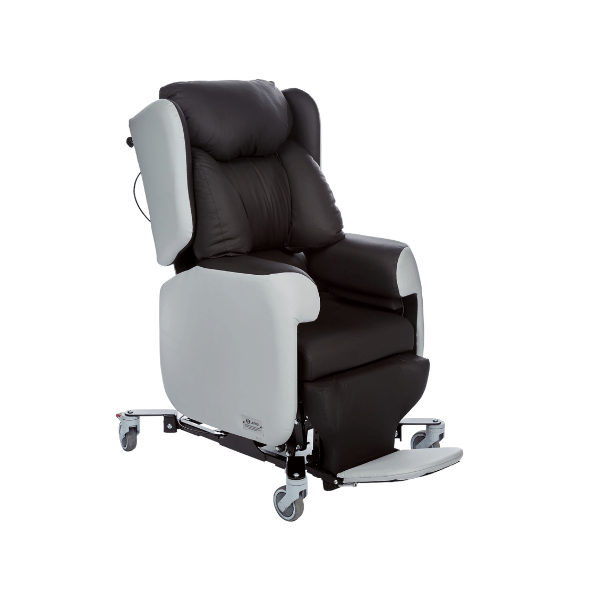
The Little Lento chair is the youngest member in our family of Lentos, and in the true family tradition, is the most adjustable care chair for children. Adjusting the dimensions of the chair is quick and easy, no special training or tools are required. The seat depth ranges from 14in to 18in and the seat width from 12in to 18in. A 2in depth adjuster pad can reduce the seat depth even further.
Not only is it hugely adjustable, but the level of comfort is second-to-none, and there’s a huge list of accessories available. The headrest can be easily adapted by adding or removing wadding.
What’s more, it is a good-looking chair that is used in hospitals and fits in in a child’s bedroom, available in a wide range of funky colours.
We have had great success with the Little Lento, particularly for paediatric clients with spasticity issues such as cerebral palsy. The Little Lento provides them with a high level of postural support and is compatible with a chest harness to keep them safe and centralised in the chair.
Summary
To conclude, the choice of care chair for your child depends on their unique needs, but one thing we cannot emphasise enough is adjustability. Whether you are using the chair for a fixed or indefinite period of time, you need the highest level of adjustability possible so the child can grow with the chair, adjust their position easily, move between different environments and align the chair to their medical and physical needs.
While this article is about care chairs, children living with special needs may also require wheelchairs and beds. Read more about our CubCare paediatric bed, which is compliant with the new siderail regulations.
You can contact our seating team for more advice, or why not join our next training webinar, “Mastering Seating Assessments for Children and Paediatric Patients”? This covers all the bases for specifying paediatric seating, with expert advice from Eve Ovenden, an independent Children’s OT.



